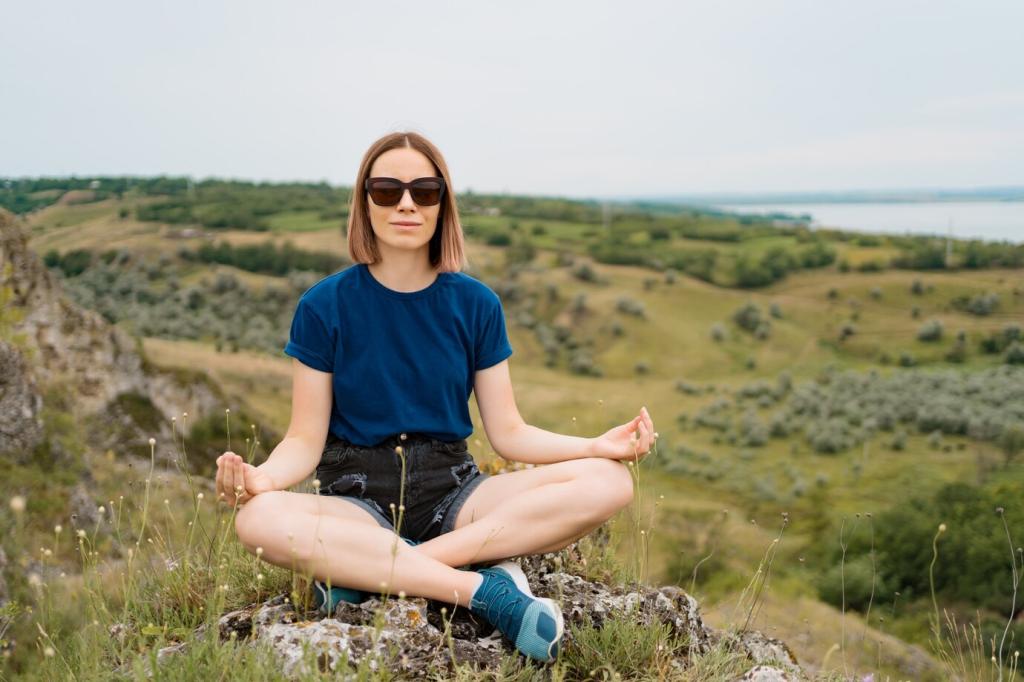Begin with Every Step: Walking Meditation for Beginner Practitioners
Selected theme: Walking Meditation for Beginner Practitioners. Welcome to a gentle doorway into mindfulness you can open anywhere, anytime. Walk with curiosity, breathe with kindness, and discover a steady calm in motion. Subscribe to follow new practices and share your progress.
Start Where Your Feet Are
Before your first step, quietly name why you are here: to soften stress, to be present, or to refresh attention. A clear, compassionate intention steadies your focus and supports gentle motivation when distractions arise.
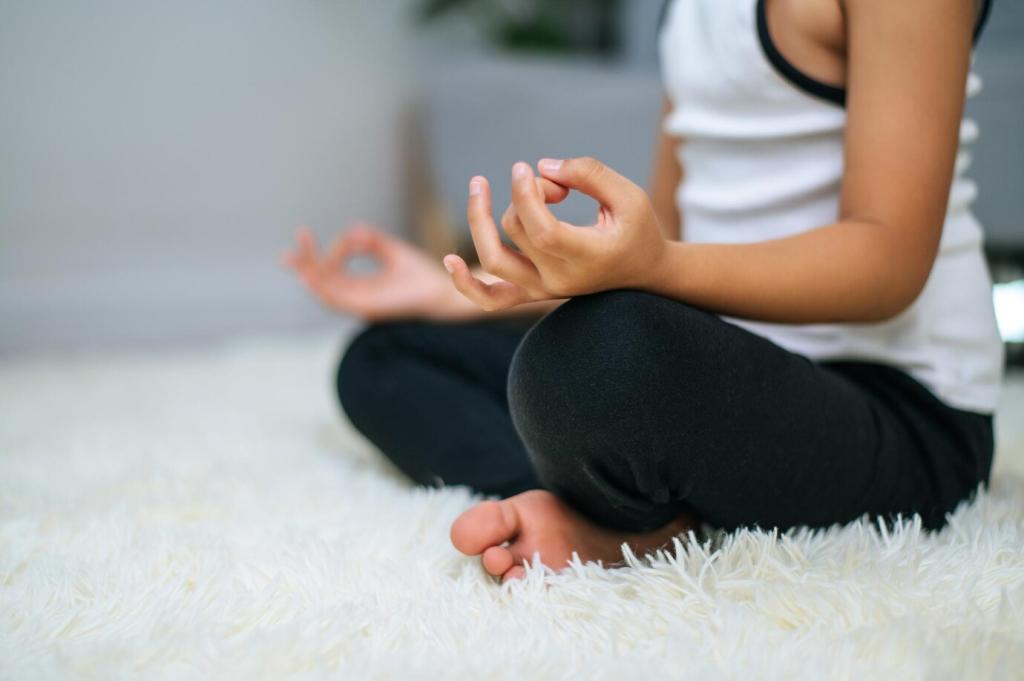
Design a Friendly Path
Choose a Simple Loop or Corridor
Short, familiar paths—like a hallway, garden loop, or quiet sidewalk—reduce decision fatigue and encourage steadier awareness. Keep turns simple, landmarks obvious, and distractions minimal, especially during your first weeks of walking meditation practice.
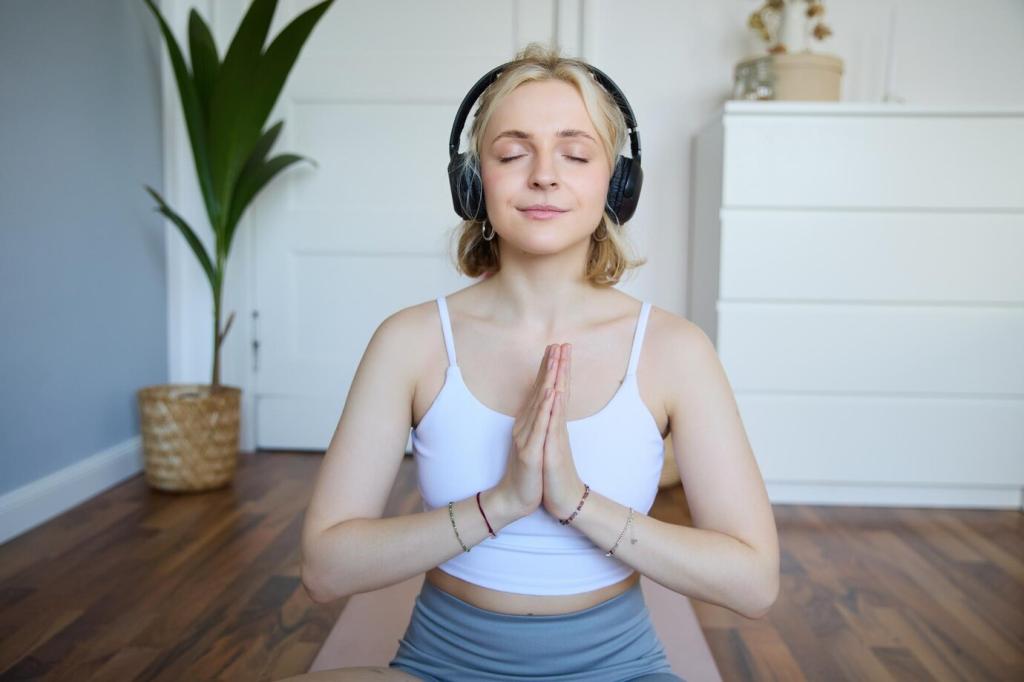

This is the heading
Lorem ipsum dolor sit amet, consectetur adipiscing elit. Ut elit tellus, luctus nec ullamcorper mattis, pulvinar dapibus leo.

This is the heading
Lorem ipsum dolor sit amet, consectetur adipiscing elit. Ut elit tellus, luctus nec ullamcorper mattis, pulvinar dapibus leo.
What Science Suggests
Returning attention to footsteps trains focus like a muscle. Over time, many beginners report less reactivity and clearer noticing of distractions, which can support decision-making and reduce mental clutter in daily moments.
What Science Suggests
Slow, mindful walking can encourage a calmer nervous system. Breathing evenly and moving steadily may help downshift stress responses, supporting a grounded presence that feels both alert and relaxed throughout your day.

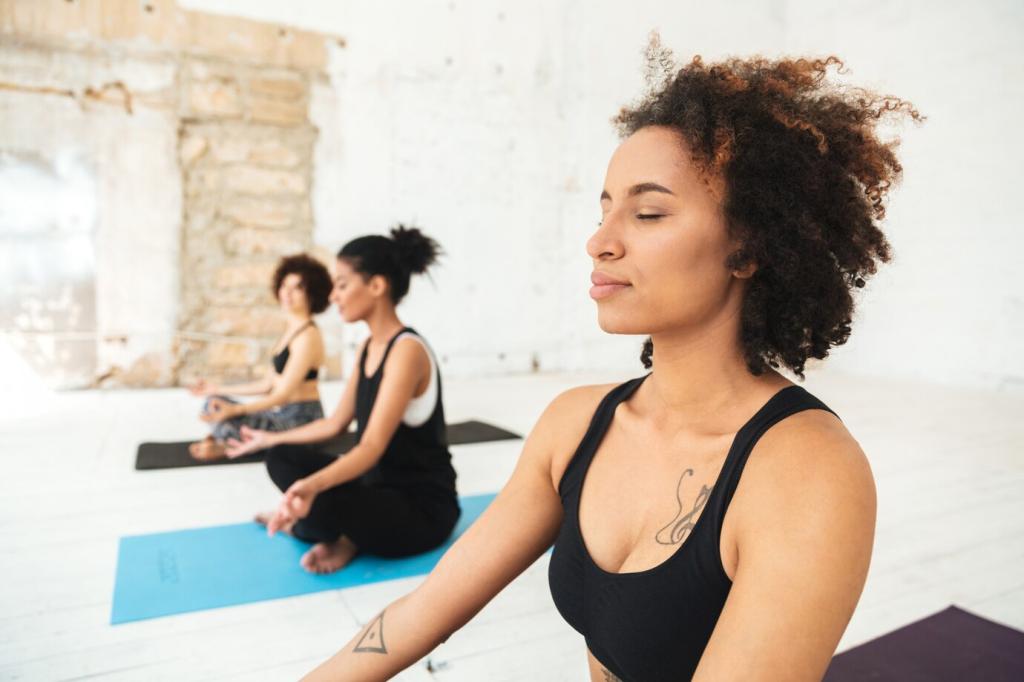
Bring Practice Into Daily Life
Between the car and the door, or from bus stop to office, take ten attentive steps. Feel temperature, texture, and sound. Let these tiny practices accumulate into a reliable, calming rhythm you can trust daily.
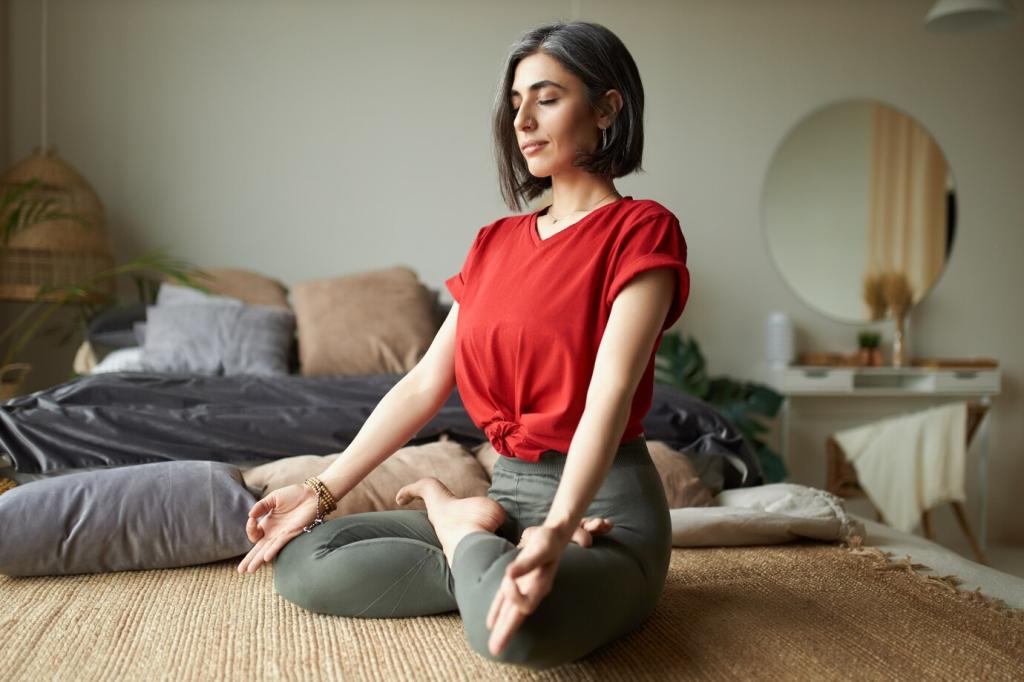
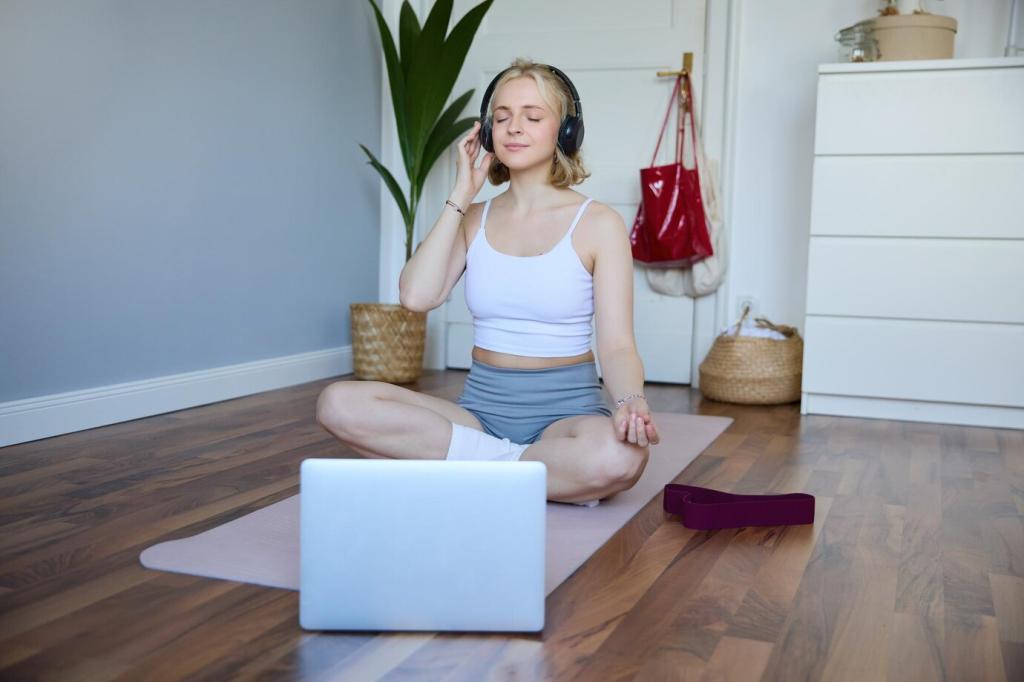
Bring Practice Into Daily Life
Choose one hallway as your practice lane. Each pass, soften your jaw, roll shoulders back gently, and feel the floor. These consistent cues train your nervous system to associate movement with steadiness and care.
Real Stories, Real Steps
On day one, Maya felt silly and rushed. By day four, noticing her heel helped her return from spiraling work thoughts. By day seven, ten quiet minutes outside softened her evening stress remarkably and reliably.
Real Stories, Real Steps
After an argument, Jamal stepped outside for five mindful minutes. Counting three steps per breath, his shoulders eased. He returned clearer, apologized sincerely, and made dinner while practicing awareness of cutting, stirring, and breathing.

